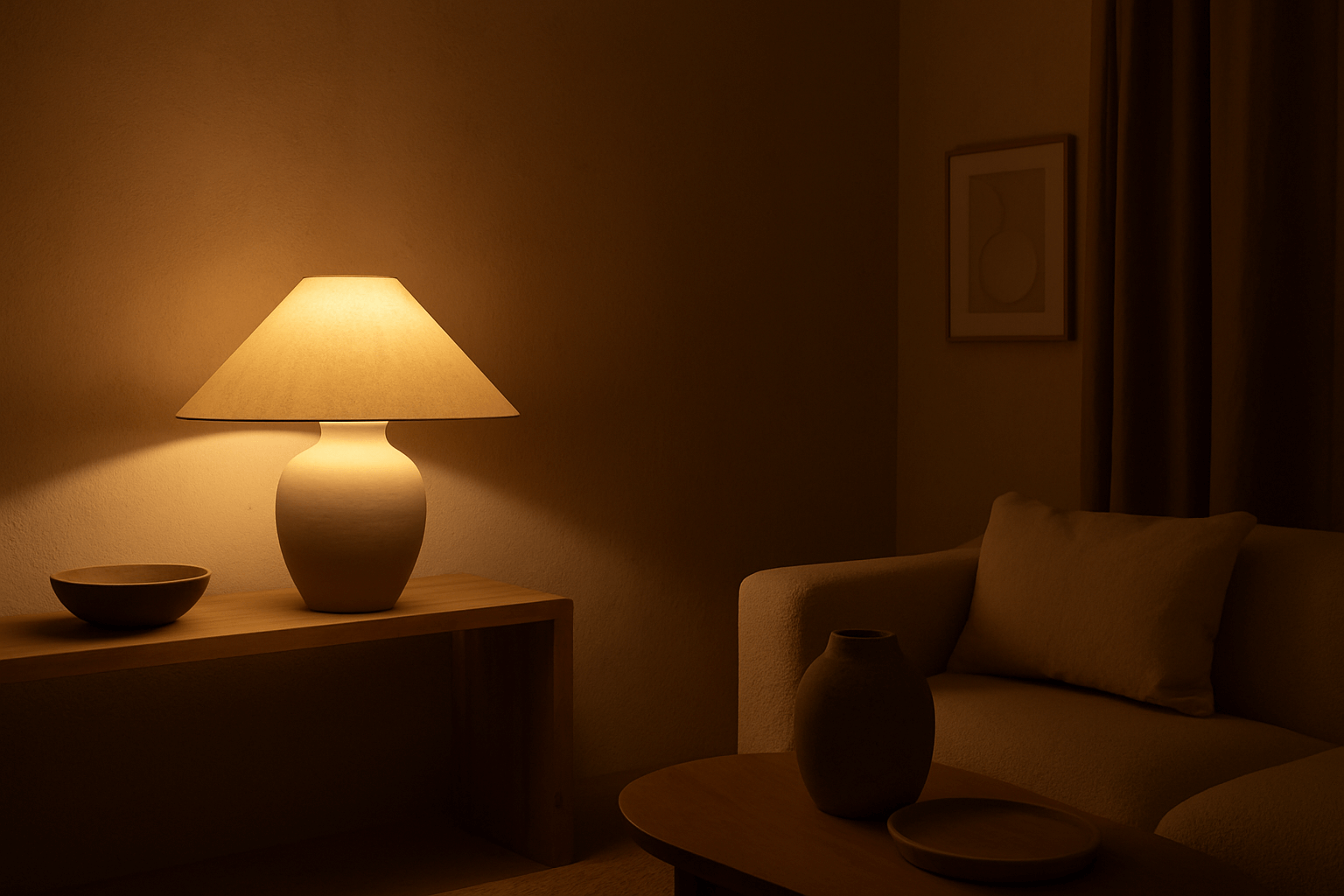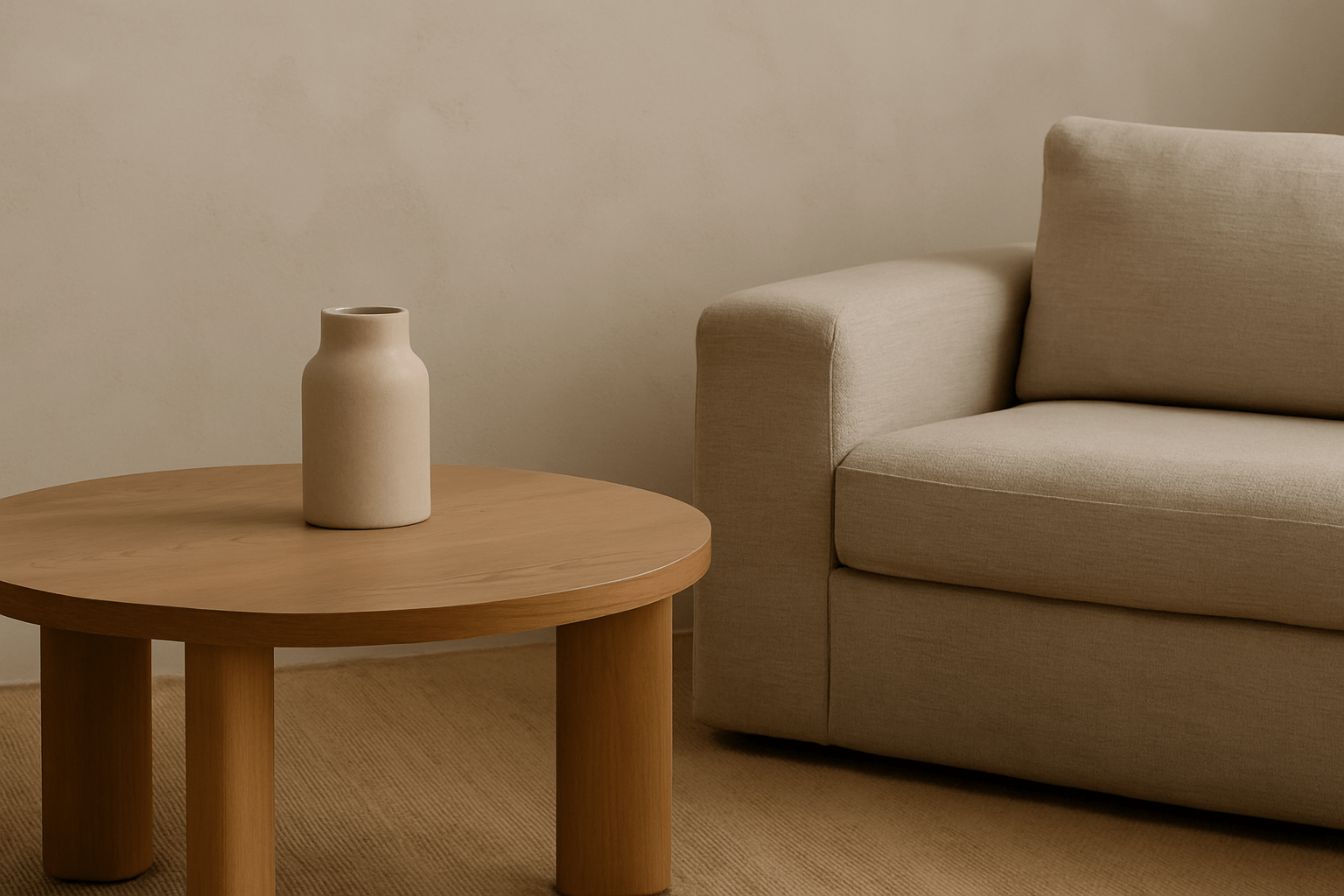Your Home Shapes More Than Style — It Shapes Mood
We often think of minimalism as visual — clean lines, neutral palettes, empty spaces.
But minimalism has another layer: emotional minimalism.
It’s the practice of curating your space to reduce emotional noise.
A calm home isn’t just beautiful — it actively supports how you feel.
1. Visual Overload = Emotional Overwhelm
Clutter, busy patterns, and too much visual input trigger micro-stress.
Each object becomes a silent “task” your brain feels responsible for.
By simplifying what surrounds you, you:
-
Lower cognitive load
-
Reduce background anxiety
-
Create micro-moments of peace
Minimalism becomes emotional hygiene for your living environment.
2. The Weight of Unnecessary Objects
Every item in your home holds visual, spatial, and emotional weight.
Ask yourself:
-
Does this object support calm, clarity, or rest?
-
Is it here by choice, or by default?
-
Does it align with how I want to feel here?
Reducing emotional weight isn’t about emptiness.
It’s about keeping what supports your well-being.
3. The Psychology of Empty Space
In minimalist design, empty space isn’t void — it’s functional.
Negative space:
-
Allows your eyes to rest
-
Creates breathing room in your thoughts
-
Offers a sense of openness and possibility
Empty space becomes a visual exhale — a pause you can feel.
4. Lighting as Emotional Architecture
Harsh lighting can agitate. Soft, layered lighting soothes.
Design tip:
-
Use warm light (2700–3000K) for evening calm
-
Layer ambient, task, and accent lights
-
Let natural light guide furniture placement
Light shapes emotional flow. In a minimalist space, it becomes a gentle rhythm.
5. Mindful Materials, Mindful Mood
Natural materials — wood, linen, clay — ground the senses.
They offer tactile warmth and emotional anchoring.
When you touch stone, wood grain, or woven textures, your body feels connected to nature — even indoors.
These materials act as a quiet counterbalance to digital overstimulation.
6. Designing for Emotional Flow, Not Perfection
Perfection can be rigid. Emotional minimalism values flow over flawlessness.
-
Allow imperfection (Wabi-Sabi philosophy)
-
Let furniture placement evolve with use
-
Embrace asymmetry for organic calm
This approach makes your home feel lived-in, not staged — supportive, not performative.
Final Thought
Your space affects more than how you live.
It shapes how you feel.
By practicing emotional minimalism, you curate an environment that reduces stress, invites presence, and restores balance.
Less isn’t just visual.
Less is emotional space to breathe.
















